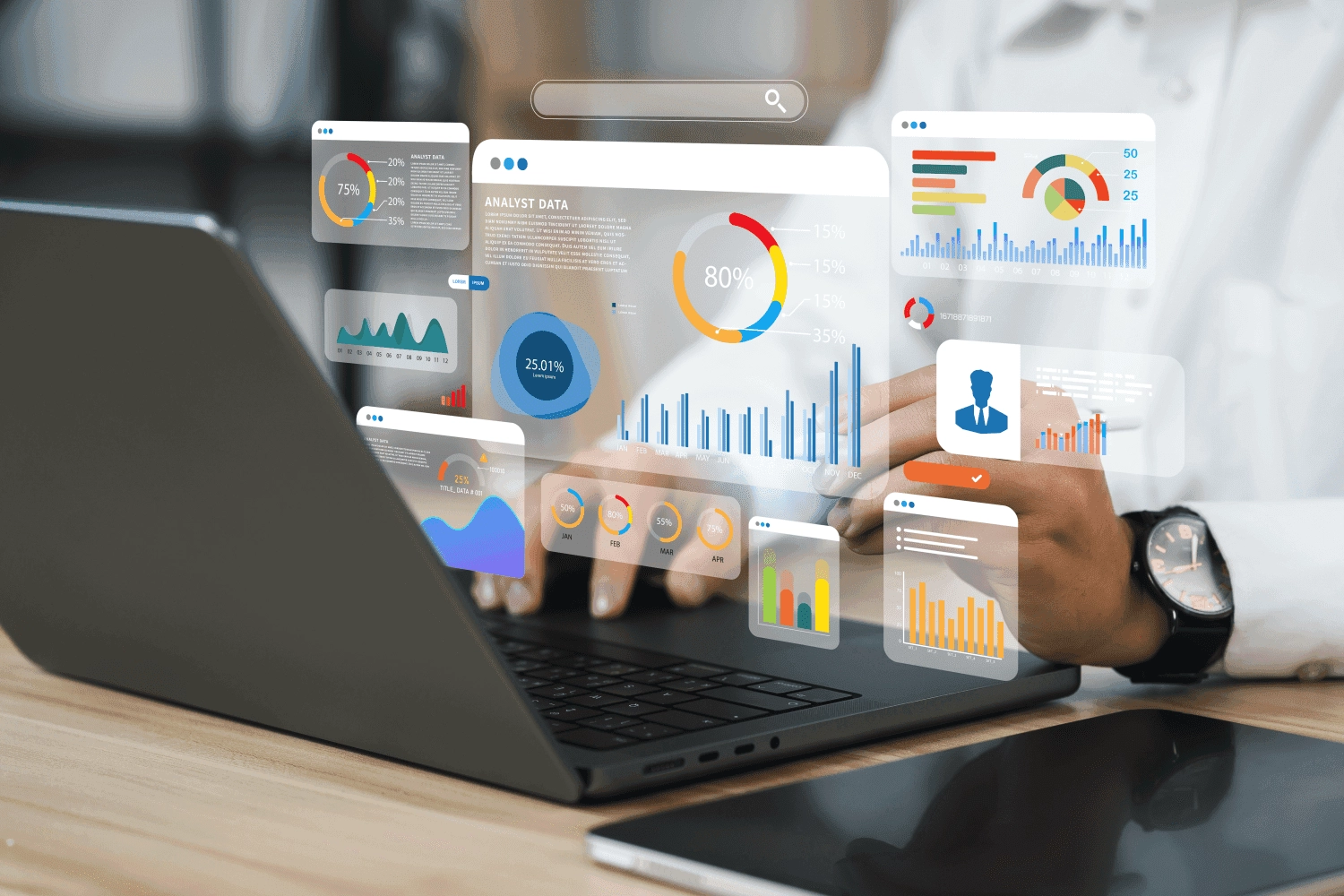Green technologies, real benefits
Implementing green IT solutions brings tangible benefits. First, reducing energy consumption in IT infrastructure not only lowers a company’s carbon footprint but also significantly reduces operational costs. Transitioning to energy-efficient data centres and servers powered by renewable energy sources is one of the first steps toward more eco-friendly IT.
Second, modern management systems allow better control and optimisation of internal processes, reducing waste and unnecessary resource use. Better organisation means less electricity, paper, and fuel consumption – and therefore a smaller environmental impact.
Third, investing in green IT is also an investment in the company's image. More and more customers and business partners pay attention to ESG compliance. A company that adopts responsible technology practices builds a competitive advantage and earns market trust.
Optimising resource use with ERP systems
Integrated ERP (Enterprise Resource Planning) systems allow companies to manage resources, processes, and data in real time. Their implementation results in greater control over the use of materials, energy, and working time. This translates into less waste and greater operational efficiency.
ERP systems help predict production needs and plan purchases more accurately, reducing the risk of overproduction and excess inventory. Better planning means less waste and reduced emissions from transport.
ERP also enables integration with ESG reporting tools and carbon footprint monitoring. Companies can more easily analyse data and make more informed decisions aligned with sustainable economic principles.
In terms of energy or waste management, ERP can support automatic accounting and reporting, making it easier to meet legal requirements and ESG standards.
Innovative WMS and waste reduction
WMS (Warehouse Management Systems) are essential tools for warehouse management. They enable effective control of product rotation and inventory, reducing the risk of product expiration or damage. Better warehouse management means fewer losses and less waste.
WMS also support smart logistics planning: route optimisation, better product placement, and tracking of storage conditions. This helps reduce fuel consumption and increase operational efficiency.
In the FMCG sector, where many products have a short shelf life, a well-implemented WMS is crucial. It helps minimise waste and meet market demand without exposing the environment to unnecessary waste.
Durable devices = less waste
Zebra Technologies is an example of a manufacturer that prioritises quality and durability. Their devices are designed for long lifespans, resistance to industrial conditions, and maintainability. This makes them less prone to failure and less frequently replaced.
Longer equipment lifespan means fewer electronic waste. Additionally, the ability to upgrade or replace components allows companies to cut costs and avoid the need for full device replacement.
This is also added value in the ESG context – a company using long-lasting, robust devices aligns with circular economy principles and responsible resource management.
Less paper, more digitisation
Digital document circulation is one of the simplest and most effective ways to reduce paper usage. Implementing e-invoicing, electronic signatures, and digital archives significantly reduces the need for printing and physical storage.
It’s not just environmentally friendly – it’s also convenient: faster information flow, reduced risk of errors, and lower operational costs. In companies processing thousands of documents monthly, like BWS Expo, digitisation brings measurable benefits – both environmental and economic.
Cloud as an energy-efficient data centre
Modern cloud data centres are designed for maximum energy efficiency. Providers like Google Cloud and Microsoft Azure invest in renewable energy sources and cooling process optimisation.
For users, this means access to advanced infrastructure without having to maintain their own energy-intensive server rooms. The result? Lower electricity bills and a smaller carbon footprint.
Real-time carbon footprint monitoring
Modern IT tools allow real-time monitoring of greenhouse gas emissions, energy consumption, and waste generation. These insights can be used for ESG planning, optimisation, and reporting.
Thanks to integration with ERP and IoT systems, companies can automatically collect data from multiple sources and identify areas for improvement. This leads to actionable operational and investment decisions.
More and more organisations are adopting ESG dashboards that display real-time indicators from across the business – a significant step towards transparency and accountability.
Technology can be your ally on the road to sustainability. Want to learn how to implement green IT in your business?
Schedule a free consultation



